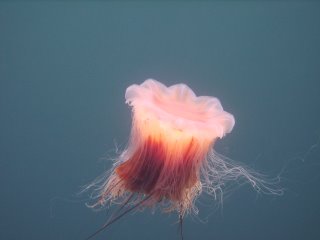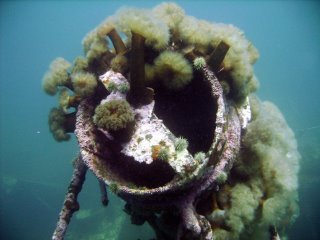The Horror...the Horror...The Screeching
It was awkward; entertaining; went on a bit long; and half the time, I had no idea what the Newfie was saying, which I think is part of the point.
When we were screeched in, our Screecher sang a song that almost brought tears to my eyes. I know, I know, seems a bit melodramatic now in hindsight, but I was moved at the time, OK? Must’ve been all that screech and rye I had….
The Saltwater Joys was written by Newfoundlander Wayne Chaulk only recently (1989); it captures something of the close ties that Newfoundlanders still feel towards their place in space and time, a sense of kinship that most of us itinerant city dwellers have lost.
Just to wake up in the morning, to the quiet of the cove
And to hear Aunt Bessie talking to herself.
And to hear poor Uncle John, mumbling wishes to old Nell
It made me feel that everything was fine.
I was born down by the water, it's here I'm gonna stay
I've searched for all the reasons why I should go away
But I haven't got the thirst for all those modern day toys
So I'll just take my chances with those saltwater joys.
Following the little brook as it trickles to the shore
In the autumn when the trees are flaming red
Kicking leaves that fall around me
Watching sunsets paint the hills
That's all I'll ever need to feel at home.
This island that we cling to has been handed down with pride
By folks that fought to live here, taking hardships all in stride
So I'll compliment her beauty, hold on to my goodbyes
And I'll stay and take my chances with those saltwater joys.
How can I leave those mornings with the sunrise on the cove
And the gulls like flies surrounding Clayton's wharf
Platter's Island wrapped in rainbow in the evening after fog
The ocean smells are perfume to my soul.
Some go to where the buildings reach to meet the clouds
Where warm and gentle people turn to swarmin', faceless crowds
So I'll do without their riches, glamour and the noise
And I'll stay and take my chances with those saltwater joys.
Some go to where the buildings reach to meet the clouds
Where warm and gentle people turn to swarmin', faceless crowds
So I'll do without their riches, glamour and the noise
And I'll stay and take my chances with those saltwater joys.
Labels: Canada





